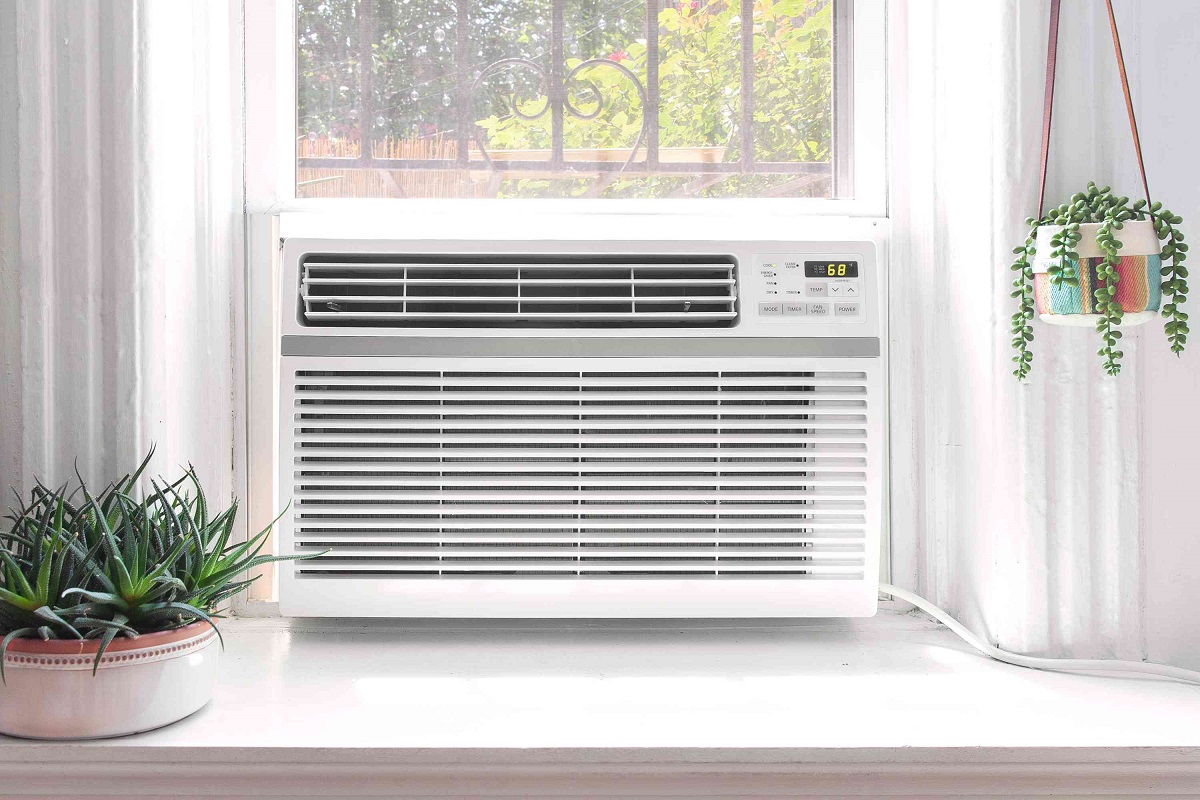

Articles
Why Is My Window AC Not Blowing Cold Air
Modified: October 20, 2024
Discover helpful articles and solutions to fix your window AC unit when it's not blowing cold air. Trust our expertise to keep you cool and comfortable.
(Many of the links in this article redirect to a specific reviewed product. Your purchase of these products through affiliate links helps to generate commission for Storables.com, at no extra cost. Learn more)
Introduction
A window air conditioner is a convenient and cost-effective solution for cooling a single room or small space. However, it can be incredibly frustrating when your window AC unit suddenly stops blowing cold air, especially during the hot summer months. Understanding the common reasons behind this issue can help you troubleshoot and resolve the problem more effectively.
In this article, we will explore some of the most common reasons why your window AC may not be blowing cold air. By identifying these potential issues, you will be able to take the necessary steps to rectify the problem and restore the cool and comfortable environment you desire.
Before we dive into the details, it’s important to note that the following troubleshooting suggestions are intended for general knowledge purposes only. If you are unsure about performing any of these steps or if your window AC unit is still under warranty, it is advisable to consult a professional HVAC technician for assistance.
Key Takeaways:
- Regularly cleaning or replacing the air filter is essential to ensure proper airflow and optimal cooling in your window AC unit. It also helps maintain good indoor air quality.
- Addressing low refrigerant levels, faulty compressor, or damaged condenser coil can restore proper cooling functionality to your window AC. Regular maintenance and professional assistance are crucial for resolving these issues.
Common Reasons for Window AC Not Blowing Cold Air
There are several common reasons why your window air conditioner may not be blowing cold air. Understanding these potential issues will help you diagnose and address the problem effectively. Here are some of the most frequent culprits:
- Dirty Air Filter: A dirty air filter can restrict airflow in your window AC unit, causing it to work inefficiently. When the filter becomes clogged with dust and debris, it can lead to reduced cooling performance. Regularly cleaning or replacing the air filter is essential to ensure proper airflow and optimal cooling.
- Low Refrigerant Levels: Refrigerant is the substance that absorbs heat from the air and cools it. If your window AC has low refrigerant levels, it will struggle to cool the air effectively. This can happen due to a leak in the refrigerant lines, and it requires professional repair to fix the leak and recharge the refrigerant to the appropriate levels.
- Faulty Compressor: The compressor is the heart of an air conditioning system. It is responsible for compressing the refrigerant and circulating it through the system. If the compressor in your window AC is faulty, it will not be able to cool the air properly. This is typically a more significant issue that may require professional repair or compressor replacement.
- Damaged or Clogged Condenser Coil: The condenser coil is located on the outside portion of the window AC unit and releases heat to the outside air. If the coil is damaged or clogged with dirt and debris, it can hinder the cooling process and cause the unit to blow warm air. Cleaning the condenser coil or identifying any damage is crucial to restore proper cooling functionality.
- Thermostat Issues: The thermostat is responsible for regulating the temperature in your window AC unit. If it is not functioning correctly or is not set to the appropriate temperature, it can lead to the unit not blowing cold air. Checking the thermostat settings and ensuring they are accurate can resolve this issue.
- Electrical Problems: Electrical issues such as a blown fuse or tripped circuit breaker can also result in the window AC not blowing cold air. Inspecting the electrical connections, replacing any faulty fuses, and resetting the circuit breaker may help resolve this problem.
- Inadequate Cooling Capacity: If your window AC unit is not appropriately sized for the room or space it is intended to cool, it may struggle to provide sufficient cooling. Determining the correct cooling capacity for your area and considering upgrading to a higher capacity unit may be necessary in this case.
These are some of the most common reasons why your window AC may not be blowing cold air. By identifying the specific issue, you can take the necessary steps to address it and restore the cooling performance of your unit. In the next section, we will discuss troubleshooting steps to help you resolve this problem.
Dirty Air Filter
A dirty air filter is one of the most common causes of a window AC not blowing cold air. The air filter is responsible for blocking dust, dirt, and other particles from entering the unit. Over time, these particles accumulate on the filter, reducing the airflow and hindering the unit’s cooling efficiency.
To resolve this issue, you can start by checking the air filter. Remove it from the unit and inspect it for dirt and debris. If it appears dirty or clogged, cleaning or replacing the air filter is necessary.
If the filter is washable, carefully rinse it with lukewarm water until the water runs clear. Allow the filter to dry completely before reinstalling it back into the unit. If the filter is not washable, it will need to be replaced with a new one. Check the user manual or contact the manufacturer to ensure you choose the correct filter size and type for your specific window AC model.
Regular maintenance of the air filter is essential to prevent blockages and maintain optimal airflow. It is recommended to clean or replace the filter every 1-2 months, or more frequently if you live in a dusty environment.
In addition to improving the cooling performance of your window AC unit, a clean air filter also helps maintain good indoor air quality by removing allergens and pollutants from the air.
Remember to turn off the unit and unplug it from the power source before removing and cleaning the air filter. Safety should always be a priority when working with electrical appliances.
By addressing the issue of a dirty air filter, you can enhance the efficiency of your window AC and enjoy cooler air in your space. However, if cleaning or replacing the air filter does not resolve the problem, there may be other causes that need to be investigated.
Low Refrigerant Levels
Low refrigerant levels can also be a common reason for a window AC not blowing cold air. Refrigerant is the substance responsible for absorbing heat from the air and cooling it down. If the refrigerant levels are low, the cooling process will not be as effective, resulting in warmer air coming out of the unit.
There are several reasons why your window AC may be experiencing low refrigerant levels:
- Refrigerant Leak: Over time, the refrigerant lines in your AC unit can develop leaks due to wear and tear or corrosion. When refrigerant leaks occur, the overall refrigerant levels decrease, and the unit’s cooling capacity is compromised.
- Incorrect Installation: If your window AC was not properly installed or if there were errors during the installation process, it could lead to refrigerant leaks or inadequate refrigerant charges.
If you suspect that low refrigerant levels are causing your window AC not to blow cold air, it is necessary to call a professional HVAC technician to inspect and address the issue. They have the specific tools and expertise to safely handle refrigerant and detect any leaks.
The technician will perform a refrigerant leak test to identify the source of the leak and then repair it. After fixing the leak, they will recharge the refrigerant to the appropriate level. It is important not to attempt to recharge the refrigerant yourself, as it requires specialized equipment and knowledge.
Remember, refrigerant leaks can be harmful to the environment, so it is crucial to address them promptly to prevent further damage and minimize any negative impact.
Regular maintenance and inspections of your window AC unit can help identify and prevent refrigerant leaks. Additionally, following the manufacturer’s guidelines for proper installation and usage can reduce the likelihood of encountering low refrigerant levels in the future.
If your window AC unit is still under warranty, it is advisable to contact the manufacturer or authorized service provider for assistance with refrigerant-related issues. They will be able to guide you through the necessary steps to rectify the problem effectively.
By addressing low refrigerant levels, you can ensure that your window AC is functioning optimally and providing you with the cooling comfort you need, especially during the hot summer months.
Faulty Compressor
The compressor is the heart of your window air conditioner. It plays a critical role in the cooling process by compressing the refrigerant and circulating it through the system. If the compressor is faulty, it can prevent your unit from blowing cold air.
There are several reasons why the compressor may be experiencing issues:
- Electrical Problems: Electrical problems, such as a faulty capacitor or a failed start relay, can cause the compressor to malfunction. If the compressor does not receive the correct electrical signals, it may not start or operate properly. In this case, professional repair or replacement of the faulty electrical component is necessary.
- Mechanical Failure: Mechanical failure of the compressor due to wear and tear or lack of maintenance can also result in the unit not blowing cold air. This may require the compressor to be replaced entirely, which is a more significant repair job and should be handled by a professional technician.
If you suspect that a faulty compressor is causing your window AC not to blow cold air, it is recommended to consult a professional HVAC technician. They have the knowledge and expertise to diagnose compressor issues accurately and determine the best course of action.
Repairing or replacing a compressor can be complex and potentially dangerous, especially when working with refrigerants. It is essential to hire a qualified technician who can safely handle the job to ensure your safety and the proper functioning of your window AC unit.
Regular maintenance of your window AC, including professional inspections, can help identify any potential compressor issues early on. Additionally, following the manufacturer’s guidelines for usage and servicing can prolong the life of your compressor and prevent malfunctions.
By addressing a faulty compressor, you can restore proper cooling functionality to your window AC and enjoy a comfortable indoor environment once again.
Damaged or Clogged Condenser Coil
The condenser coil is an essential component of your window air conditioner, located on the outside portion of the unit. Its function is to release the heat absorbed from the indoor air to the external environment, allowing for the cooling process to occur. However, if the condenser coil becomes damaged or clogged, it can hinder the cooling process and prevent the unit from blowing cold air.
There are a few reasons why the condenser coil may become damaged or clogged:
- Dirt and Debris Accumulation: Over time, the condenser coil can accumulate dirt, dust, leaves, and other debris from the environment. This buildup inhibits proper heat dissipation, leading to inefficient cooling. Regular cleaning of the condenser coil is crucial to ensure optimal performance. Using a soft brush or a vacuum cleaner, gently remove the dirt and debris from the coil. Avoid using excessive force that could potentially damage the fins.
- Physical Damage: The condenser coil can also be damaged due to external factors such as hail, strong impacts, or corrosive materials. Physical damage to the coil can significantly affect its ability to release heat and compromise the cooling function of the window AC unit. In such cases, it is advisable to consult a professional technician for inspection and potential replacement of the damaged coil.
Regular maintenance and cleaning of the condenser coil can help prevent clogs and damage. It is recommended to clean the coil at least once a year, or more frequently if you live in a particularly dusty or polluted area.
When cleaning the condenser coil, always ensure that the unit is turned off and unplugged. Safety should be a top priority when working with electrical appliances.
In addition to maintaining the condenser coil, it is also essential to keep the area around the unit free from obstructions. Ensure that there are no plants, furniture, or other objects blocking the airflow to and from the condenser coil. Adequate airflow is necessary for efficient heat dissipation and optimal cooling performance.
By addressing any damage or clogs in the condenser coil, you can improve the cooling efficiency of your window AC and ensure that it blows cold air consistently.
Check the air filter and clean or replace it if it’s dirty. A clogged filter can restrict airflow and cause the AC to not blow cold air.
Thermostat Issues
The thermostat plays a crucial role in regulating the temperature of your window air conditioner. If there are issues with the thermostat, it can cause the unit to not blow cold air as expected. Here are some common thermostat-related problems:
- Misconfigured Settings: One possible reason for the window AC not blowing cold air is incorrect thermostat settings. Make sure that the thermostat is set to the cooling mode and that the desired temperature is lower than the current room temperature. Also, check if the fan setting is set to “auto” rather than “on” to ensure that the fan operates only when cooling is needed.
- Faulty Thermostat Sensor: The thermostat sensor is responsible for detecting the current temperature in the room. If the sensor is not functioning correctly or is out of calibration, it may not accurately sense the room temperature and properly control the cooling cycle. In such cases, it is advisable to consult a professional technician to inspect and potentially replace the faulty thermostat sensor.
- Placement Issues: The location of the thermostat can also impact its performance. Ensure that the thermostat is not exposed to direct sunlight or drafts from windows or doors, as this can result in inaccurate temperature readings. Additionally, check for any obstructions around the thermostat that may affect its ability to sense the room temperature accurately.
If you suspect that thermostat issues are causing your window AC not to blow cold air, you can try the following troubleshooting steps:
- Double-check the thermostat settings to ensure they are correctly configured for cooling.
- If your thermostat has a removable cover, gently remove it and clean any dust or debris that may have accumulated on or around the sensor area.
- If the thermostat is battery-powered, make sure the batteries are fresh and properly inserted.
- If none of the above steps resolve the issue, it is recommended to call a professional technician to inspect and diagnose any underlying thermostat problems.
Having a properly functioning thermostat is essential for maintaining a comfortable indoor environment. By addressing any thermostat issues, you can ensure that your window AC blows cold air when needed and keeps the room at your desired temperature.
Electrical Problems
Electrical problems can also be a common cause of a window air conditioner not blowing cold air. Issues with the electrical system of your unit can interfere with its cooling performance. Here are some common electrical problems that may occur:
- Blown Fuse: A blown fuse can disrupt the power supply to your window AC unit, causing it to stop blowing cold air. Check the fuse box or circuit breaker panel to see if the fuse or circuit breaker for your air conditioner has tripped or blown. If so, replace the fuse or reset the circuit breaker to restore power to your unit. However, if the fuse continues to blow or the circuit breaker keeps tripping repeatedly, it is advised to consult a professional electrician to identify and address the underlying electrical issue.
- Faulty Wiring: Faulty wiring connections or damaged wires can also lead to electrical problems and impact the performance of your window AC unit. Loose connections or frayed wires may cause issues with power transmission, resulting in the unit not blowing cold air. If you suspect wiring issues, it is crucial to seek assistance from a licensed electrician who can inspect the wiring system and make any necessary repairs or replacements.
It is important to emphasize that working with electrical components can be dangerous, so it is advised to seek professional help if you are uncertain about handling electrical issues yourself.
Additionally, following proper safety precautions is crucial when dealing with electricity. Always turn off the power supply before inspecting or repairing any electrical components, and avoid touching any live wires or terminals without the appropriate knowledge and protective tools.
If you have checked the fuse box or circuit breaker, and there are no evident electrical issues, but your window AC unit is still not blowing cold air, it is recommended to contact a professional HVAC technician. They have the expertise to diagnose and resolve electrical problems, ensuring the proper functioning of your window air conditioner.
Addressing any electrical problems promptly can help restore the cooling performance of your window AC and ensure the safety of your electrical system.
Inadequate Cooling Capacity
If your window air conditioner is not blowing cold air, it’s possible that the unit may have inadequate cooling capacity for the size of the room or space it is intended to cool. It’s important to choose the right capacity air conditioner to ensure effective and efficient cooling.
The cooling capacity of an air conditioner is measured in BTUs (British Thermal Units), and it determines how much heat the unit can remove from a room in a given time. If the BTU rating of your window AC is too low for the size of the room, it will struggle to cool the space adequately.
There are a few factors to consider when determining the cooling capacity required for a given space:
- Room Size: The square footage of the room is a crucial factor in determining the appropriate cooling capacity. Larger rooms require air conditioners with higher BTU ratings to cool them effectively.
- Insulation: The level of insulation in the room affects its ability to retain cool air. A well-insulated room will require a lower cooling capacity, while a poorly insulated room may need a higher capacity air conditioner.
- Sun Exposure: The amount of direct sunlight the room receives can impact its cooling needs. Rooms that are exposed to intense sunlight may require air conditioners with higher cooling capacities.
- Number of Occupants: The number of people in the room can also impact the cooling capacity required. A room with more occupants will generate additional heat, necessitating a higher BTU rating to maintain a comfortable temperature.
If you believe that inadequate cooling capacity is the reason your window AC is not blowing cold air, you may consider upgrading to a unit with a higher BTU rating or adding additional units to cool the space more effectively.
It’s important to note that installing an air conditioner with too high a cooling capacity for a small room may result in inefficient performance and excessive energy consumption. Consulting with a professional HVAC technician can help determine the ideal cooling capacity for your specific needs.
By ensuring that your window AC has adequate cooling capacity for the intended space, you can optimize the cooling performance and enjoy comfortably cooled air.
Troubleshooting Steps for Window AC Not Blowing Cold Air
If your window air conditioner is not blowing cold air, here are some troubleshooting steps you can take to help identify and resolve the issue:
- Check the Thermostat: Ensure that the thermostat is set to the cooling mode and that the desired temperature is lower than the current room temperature. Also, verify that the fan setting is set to “auto” rather than “on” to ensure that the fan operates only when cooling is needed.
- Inspect the Air Filter: A dirty or clogged air filter can restrict airflow and hinder cooling performance. Remove the air filter and clean or replace it as necessary. Regular maintenance of the air filter is important to ensure optimal airflow and efficient cooling.
- Examine the Condenser Coil: Inspect the condenser coil located on the outside portion of the window AC unit. If it is dirty or clogged, gently clean it using a soft brush or vacuum cleaner. This will help maintain proper heat dissipation and enhance cooling efficiency.
- Ensure Adequate Airflow: Check for any obstructions around the unit that may be blocking the airflow. Remove any objects or debris that could be inhibiting the proper circulation of air to and from the unit. Adequate airflow is essential for efficient cooling.
- Verify Power Supply: Make sure that the window AC unit is receiving power. Check the fuse box or circuit breaker panel to see if the fuse has blown or the circuit breaker has tripped. Replace the fuse or reset the circuit breaker if necessary.
- Inspect for Refrigerant Leaks: Look for any signs of refrigerant leakage, such as oil stains or an oily residue near the unit or on the refrigerant lines. If you suspect a refrigerant leak, it is advisable to contact a professional HVAC technician to handle the repair, as refrigerants require specialized knowledge and equipment.
- Consider Room Size and Cooling Capacity: Evaluate whether the window AC unit’s cooling capacity is appropriate for the size of the room. If the unit is undersized, it may struggle to cool the space effectively. In that case, you may need to consider upgrading to a higher capacity unit or adding additional units to provide sufficient cooling.
If you have performed these troubleshooting steps and your window AC unit is still not blowing cold air, it is recommended to contact a professional HVAC technician for further inspection and repair. They have the expertise and specialized tools to diagnose and address more complex issues that may be causing the lack of cold air.
Remember, safety is paramount when working with electrical appliances. Always turn off the power supply before performing any maintenance or repairs on your window AC unit and consult a professional technician if you are uncertain about any steps in the troubleshooting process.
By following these troubleshooting steps, you can increase the chances of identifying and resolving the issue that is preventing your window AC from blowing cold air, ensuring a cool and comfortable environment in your space.
Conclusion
A window air conditioner not blowing cold air can be a frustrating problem, especially during the hot summer months. However, understanding the common reasons behind this issue and following the appropriate troubleshooting steps can help you identify and resolve the problem effectively.
In this article, we discussed several common reasons why your window AC may not be blowing cold air. These include a dirty air filter, low refrigerant levels, a faulty compressor, damaged or clogged condenser coil, thermostat issues, electrical problems, and inadequate cooling capacity.
By addressing each of these potential issues, such as cleaning or replacing the air filter, checking for refrigerant leaks, or consulting a professional for complex repairs, you can improve the cooling performance of your window AC unit.
Remember to follow appropriate safety precautions when working with electrical appliances and consult a professional HVAC technician if you are unsure about any maintenance or repair steps.
In conclusion, resolving a window AC not blowing cold air requires a combination of proper maintenance, troubleshooting, and professional assistance when necessary. By taking the necessary steps to address the specific issue affecting your unit, you can restore the cool and comfortable environment you desire.
Keep in mind that regular maintenance, including cleaning or replacing the air filter, inspecting the condenser coil, and ensuring proper insulation and placement, can prevent many of these issues and prolong the lifespan of your window air conditioner.
If you are unsure about any of the troubleshooting steps or if your window AC unit is still under warranty, it is always best to consult a professional HVAC technician for expert assistance.
By maintaining your window AC unit and addressing any issues promptly, you can enjoy its maximum cooling efficiency and ensure a comfortable living or working space even during the hottest days of the year.
Frequently Asked Questions about Why Is My Window AC Not Blowing Cold Air
Was this page helpful?
At Storables.com, we guarantee accurate and reliable information. Our content, validated by Expert Board Contributors, is crafted following stringent Editorial Policies. We're committed to providing you with well-researched, expert-backed insights for all your informational needs.

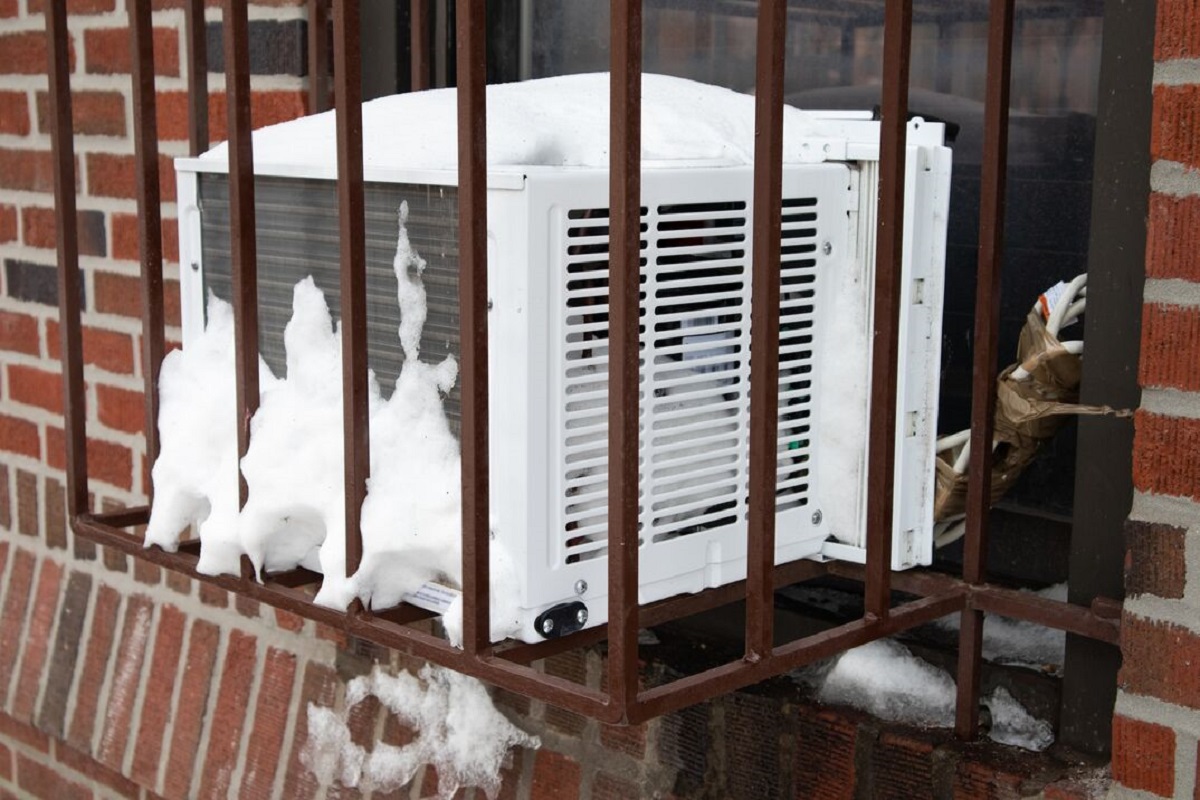
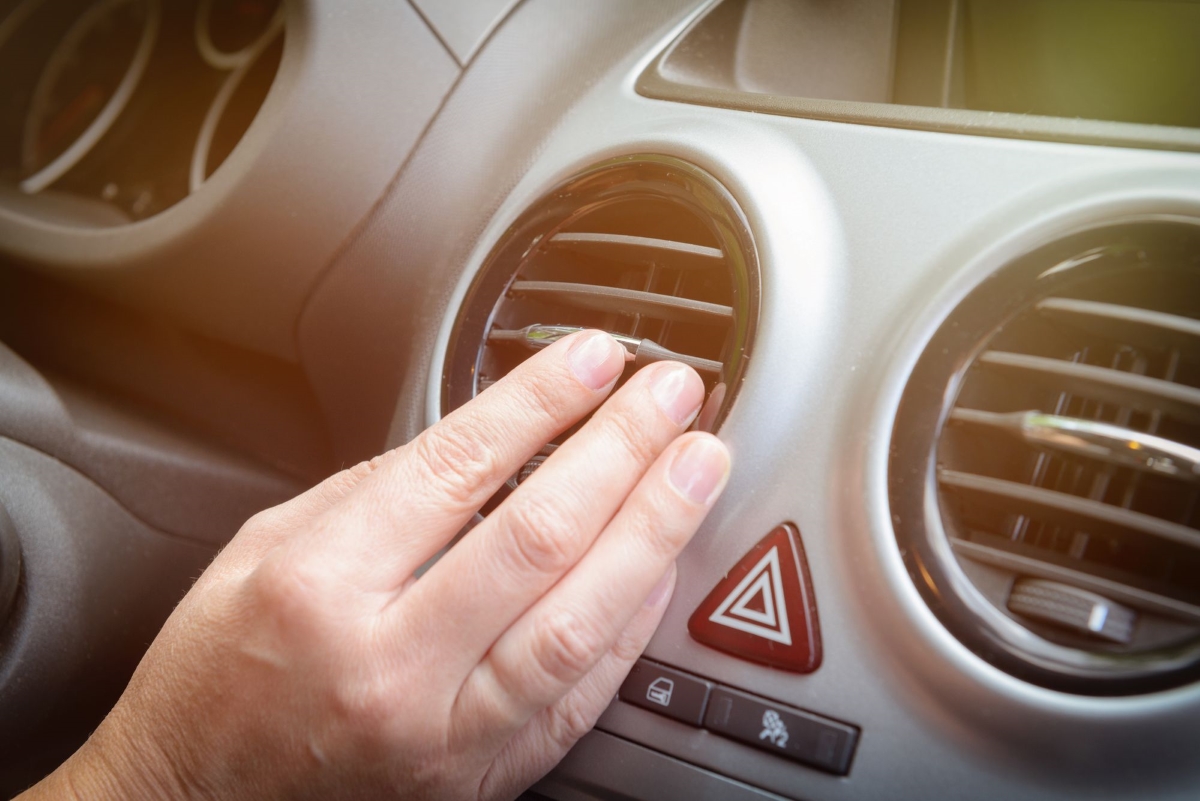
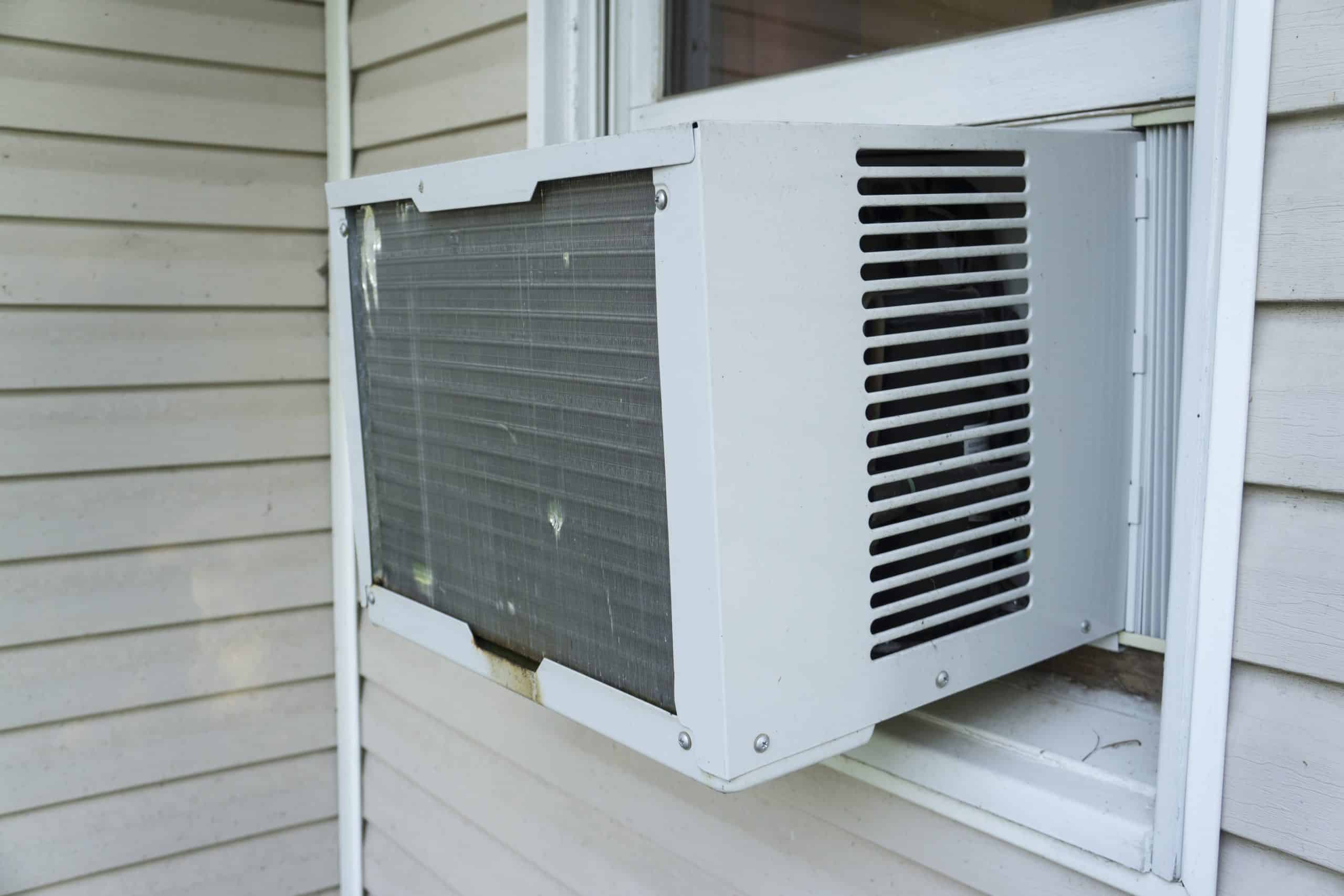

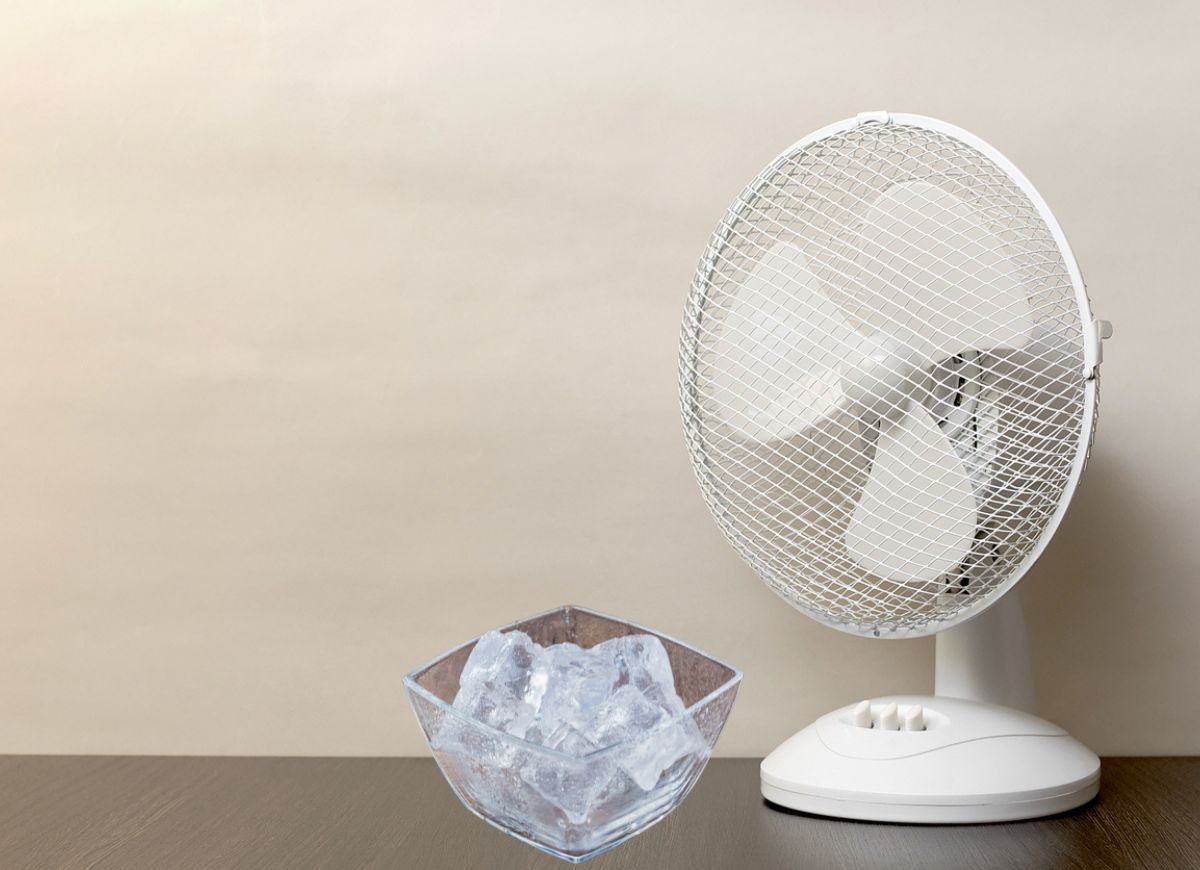

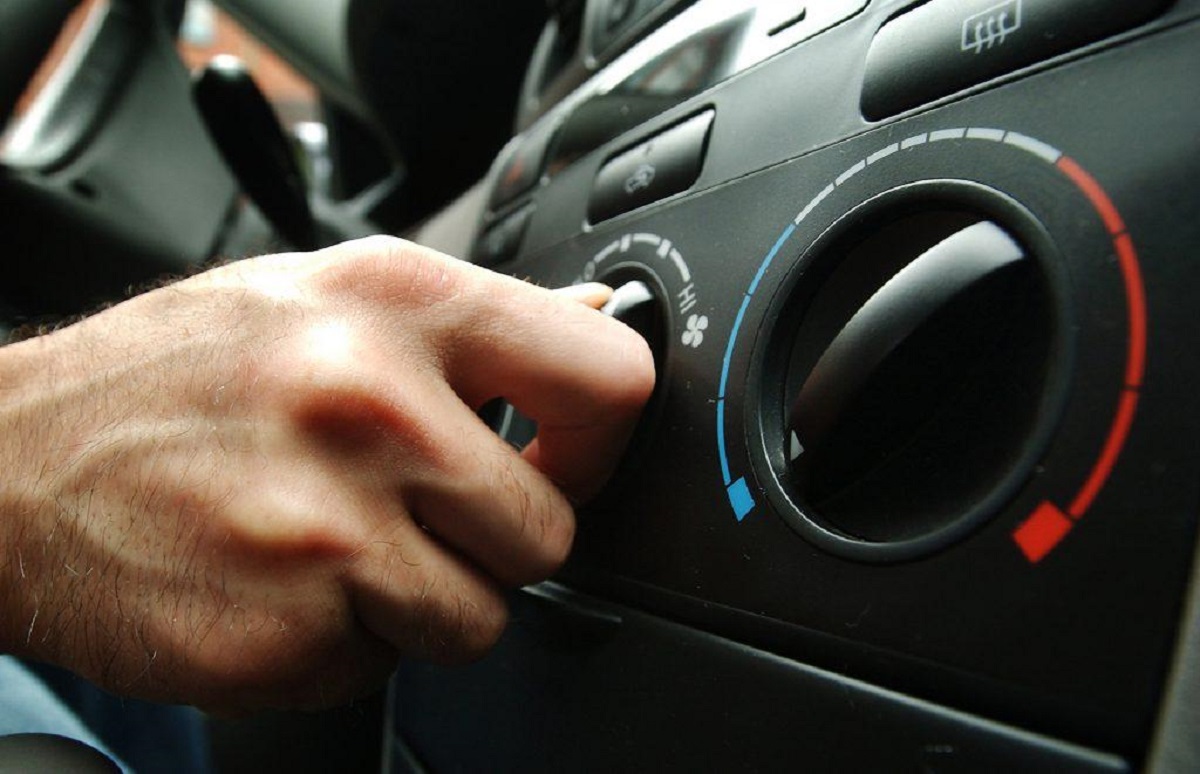


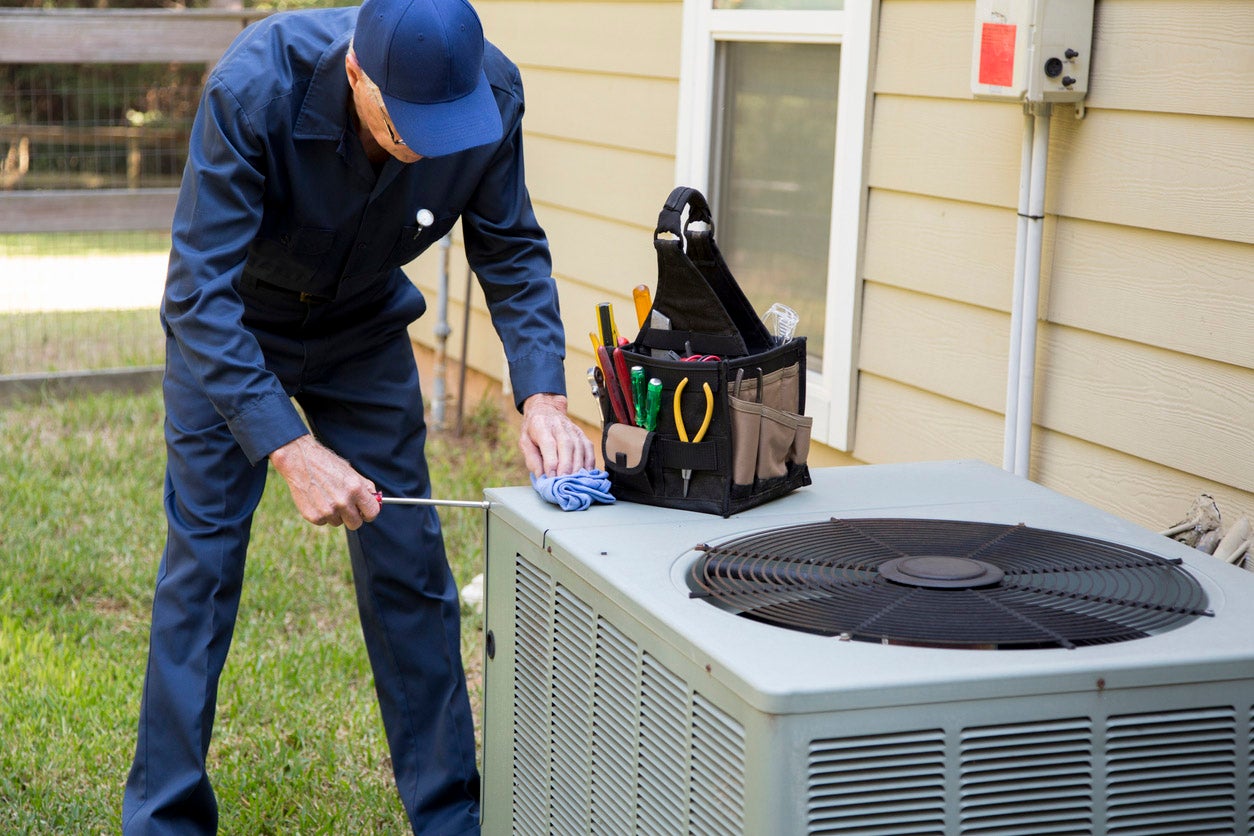
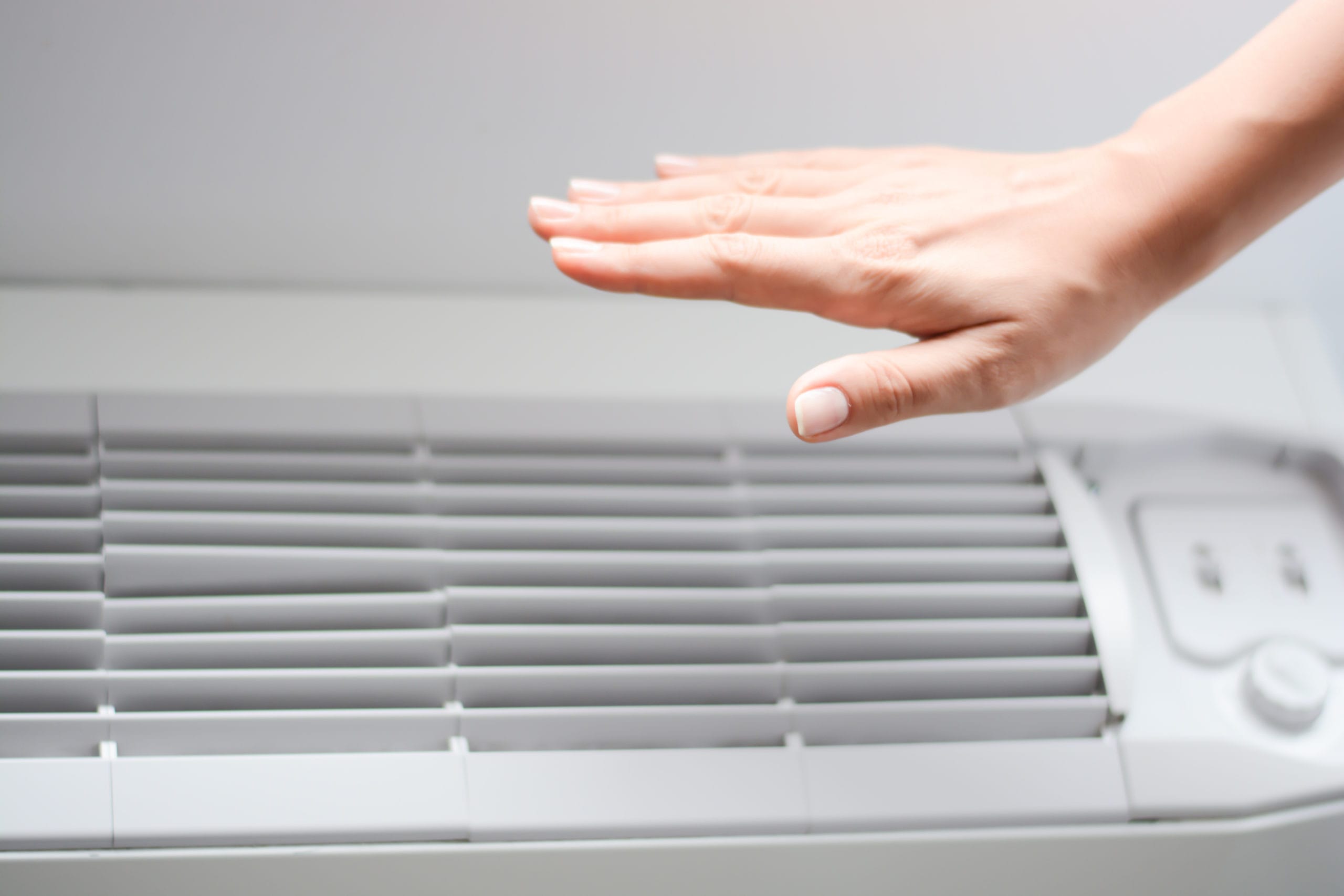
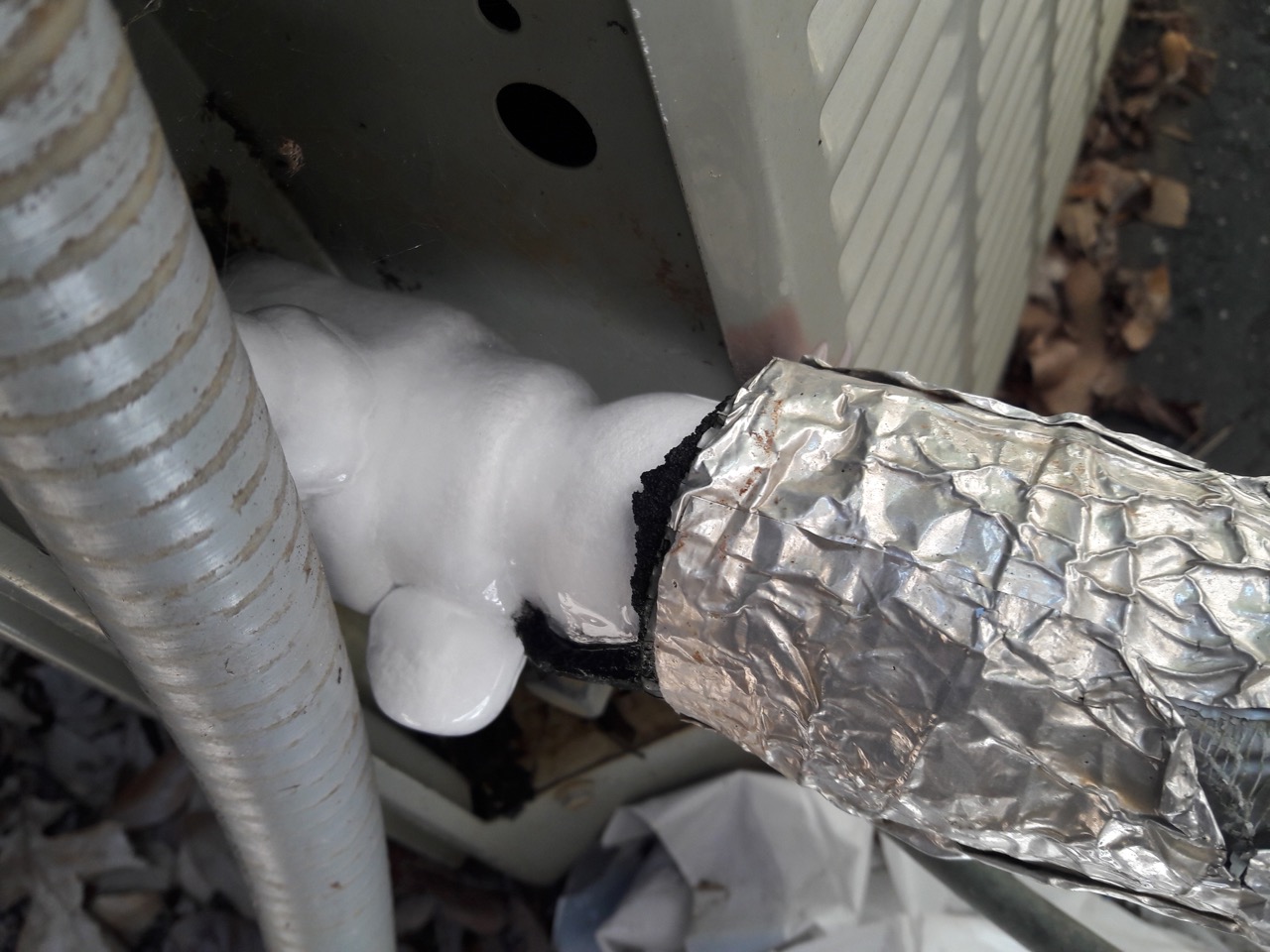

0 thoughts on “Why Is My Window AC Not Blowing Cold Air”